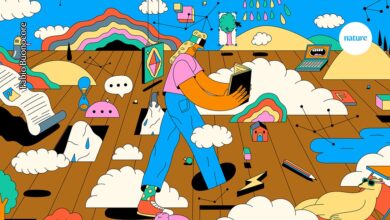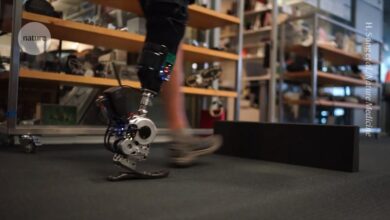
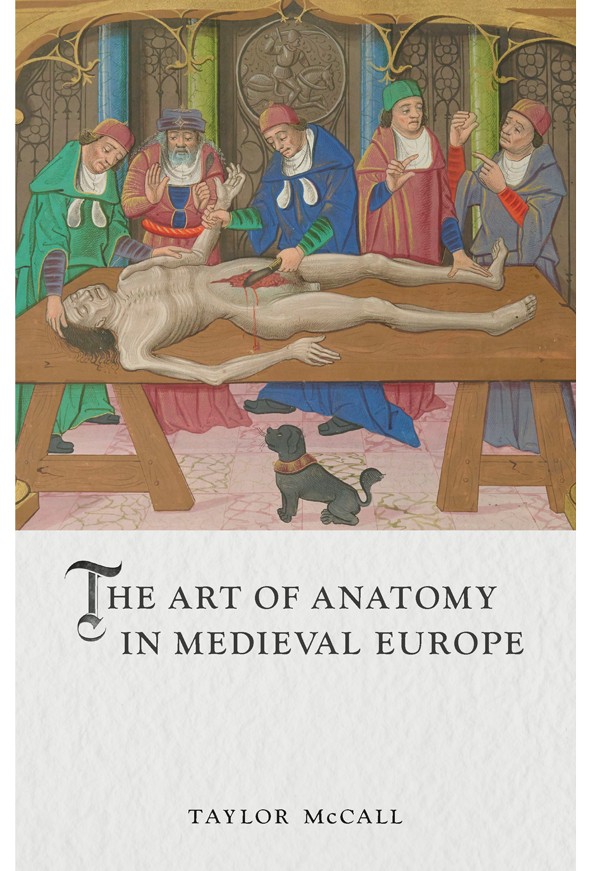
The Art of Anatomy in Medieval Europe
Taylor McCall Reaktion (2023)
Art historian Taylor McCall dismantles the common belief that Renaissance figures such as Leonardo da Vinci and Andreas Vesalius founded the field of human anatomy. Assisted by vivid medieval illustrations, she argues that the earliest anatomical images date from the twelfth century, in monasteries and then early universities. Her scholarly book, the first in this field, aims to show that such imagery is “its own visual language”, by exploring anatomy in religious contexts, medical teaching and practice, and the work of professional artists.
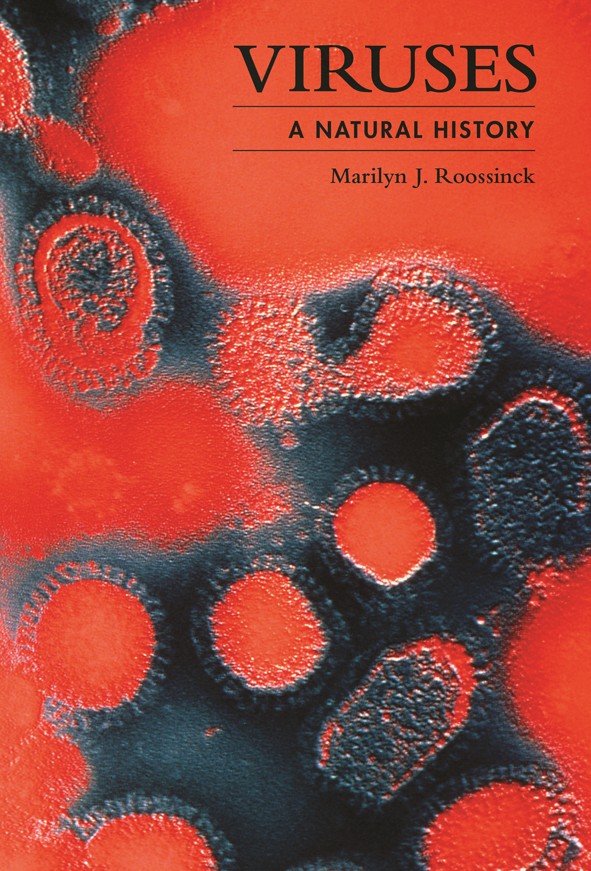
Viruses
Marilyn J. Roossinck Princeton Univ. Press (2023)
Viruses were unknown to Charles Darwin. They were discovered to be a source of infection in the 1890s, and named with the Latin for poison. But, as virus ecologist Marilyn Roossinck stresses, not all are agents of disease: some benefit their hosts by helping to protect them from other microorganisms, or helping them to perform new functions. Throughout her infectiously enthusiastic, irresistibly illustrated analysis, she emphasizes viral complexity, noting: “There is no simple answer to the question ‘Are viruses alive?’”
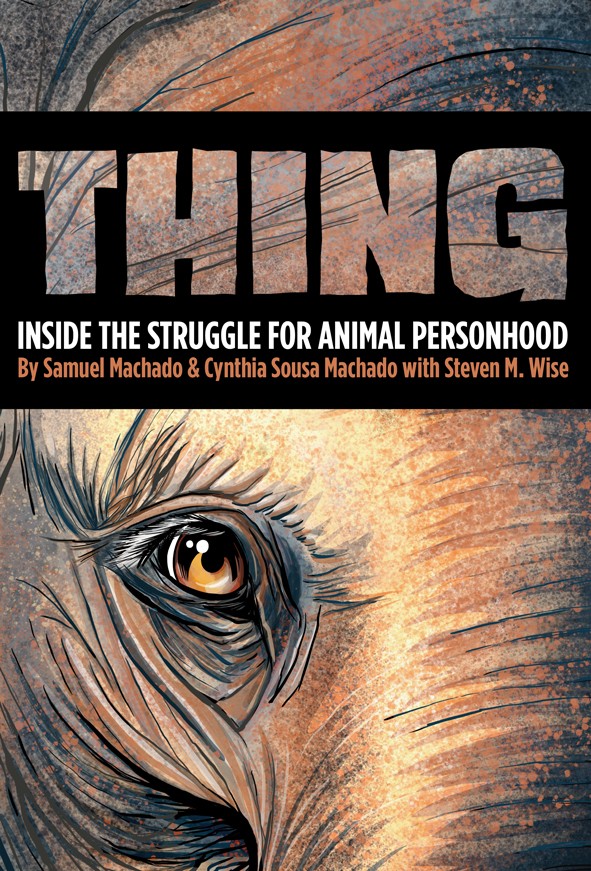
Thing
Samuel Machado, Cynthia Sousa Machado & Steven R. Wise Island (2023)
A contemplative-looking Asian elephant opens and closes this thought-provoking graphic novel about animal rights by two artists working with the president of the Nonhuman Rights Project. ‘Happy’ has been in a New York City zoo since 1977, and alone since 2006. She is the first elephant known to recognize herself in a mirror, a test of self-awareness. But when the project demanded that she be transferred to a sanctuary, and that her right to liberty be recognized, a US court ruled that elephants have no constitutional rights.

Atlas of the Senseable City
Antoine Picon & Carlo Ratti Yale Univ. Press (2023)
The Senseable City Lab at the Massachusetts Institute of Technology in Cambridge studies innovation in the built environment. In this complex, highly illustrated collection of digital maps, lab co-founder Carlo Ratti and architecture historian Antoine Picon analyse four essential urban dimensions: “motion, connection, circulation and experience”. ‘Senseable’ puts the focus on human agency, rather than the technology centred in the term smart city. But the authors never address whether digital mapping’s impact will also be sensible.
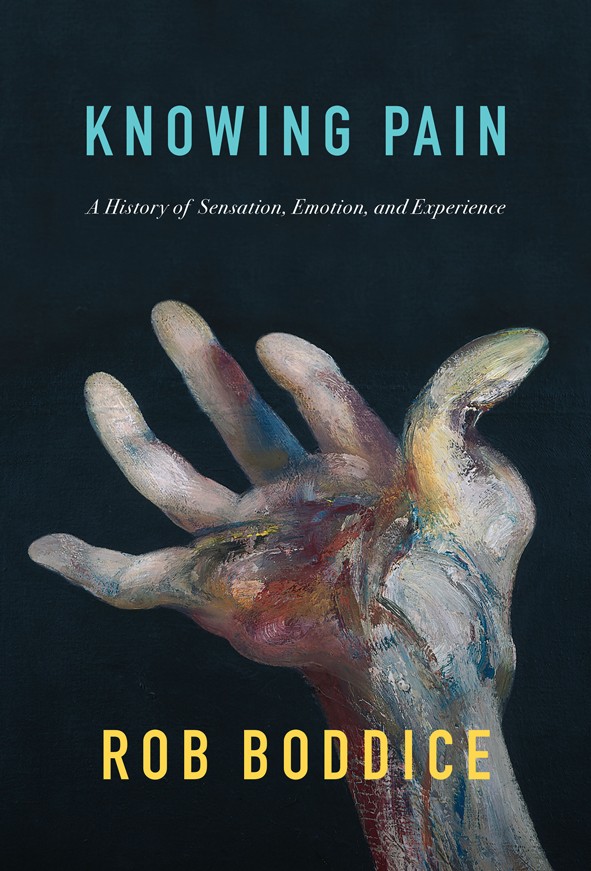
Knowing Pain
Rob Boddice Polity (2023)
Academically trained author Rob Boddice experienced agonizing neck pain as a teenager, with patchy medical treatment. This has continued to trouble his adult life — as he says in his ambitious history of pain, drawing on numerous periods and societies. The book underlines pain’s complexity, arguing that research into it must involve the humanities and social sciences to understand pain’s “experiential contingency”. He therefore draws not only on medical and scientific texts, but also on artistic works.
Competing Interests
The author declares no competing interests.
Source link

